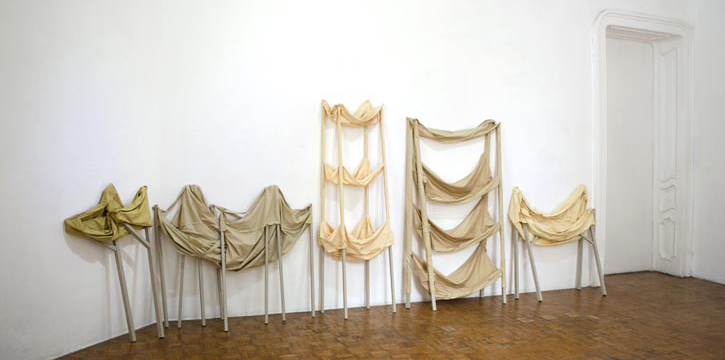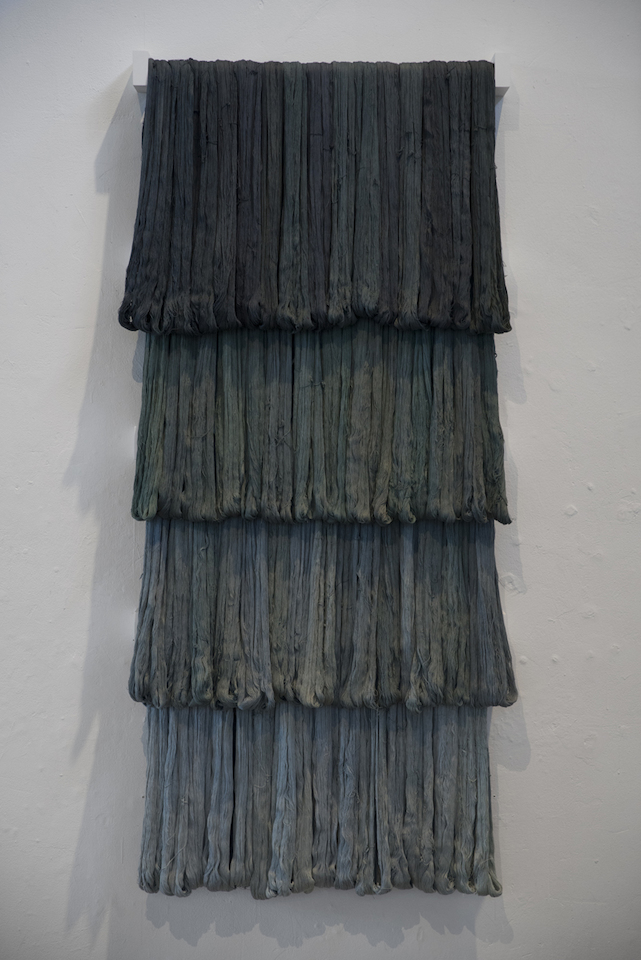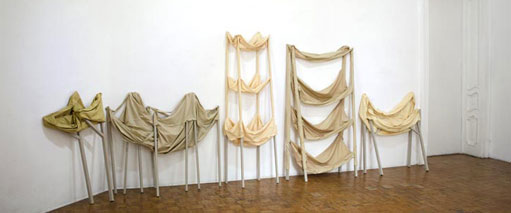Culture Shock: Where Language Fails
The Role Of The Arts At Unm's Decolonizing Nature Conference


Sandra Monterroso’s “Expoliada III” from the Decolonizing Nature exhibition
Sandra Monterroso

Virginia Colwell








